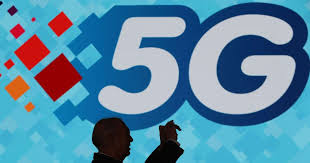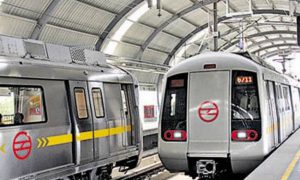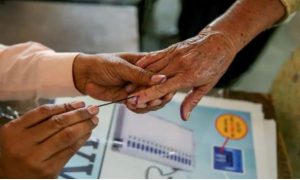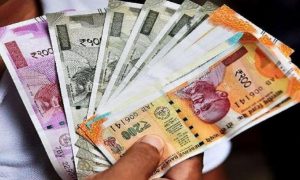While taking charge as the telecom minister last month, Ravi Shankar Prasad had said that India would conduct field trials for 5G telephony in the first 100 days of the new government. One question that has been asked is whether Chinese equipment manufacturer Huawei will be able to participate in the trials.
Huawei was blacklisted by the US government for American companies to do business with after it was alleged that the company shared data with the Chinese government through the backdoor.
Why did US blacklist Huawei?
According to The Wall Street Journal, Huawei is the world s largest maker of telecommunications equipment and the No. 2 vendor of smartphones, ahead of Apple Inc. and behind only Samsung Electronics Co . However, notwithstanding its dominance, the US has effectively banned Huawei from selling its products after a 2012 congressional report stated that Huawei could be a security risk. According to the US, Huawei s owners have close links with the Chinese military and, as such, the company cannot be trusted with data. The treatment of Huawei has become a massive reason for further straining the already fraught diplomatic relations between the US and China.
Where does India stand on the Huawei controversy?
Following Huawei s blacklisting by the US administration, several countries were asked to take a stand on whether or not to allow the company to operate. Certain countries such as the UK did not follow the US and cited benefits to operators from Huawei s cost-efficient technology as the reason behind not banning the firm.
While India is yet to take a stand on whether or not to allow Huawei in 5G trials, officials at the telecom department have indicated that a decision will be taken in consultation with the ministries of home affairs and external affairs. Huawei, however, has said that it is ready to sign a no-backdoor agreement with the Indian government and telecom companies to ensure that no snooping is allowed on its network.
Where does India stand on the rollout of 5G vis-a-vis other countries?
Deliberations are still on whether to give spectrum for 5G in the 25 GHz and 28 GHz bands. This is one of the factors causing a delay in the auction of airwaves necessary for 5G deployment. Industry players have deemed availability of spectrum as the prerequisite for the commercial rollout of 5G. In February last year, Airtel and Huawei conducted a lab trial for 5G during which a user throughput of 3 Gbps was achieved. However, not much has moved since then.
A committee of the telecom ministry recently cleared the proposal to allow Bharti Airtel, Vodafone Idea and Reliance Jio to conduct 5G spectrum trial from next month onwards for a period of three months. For these trials, equipment vendors Samsung, Nokia and Ericsson have been selected.
Despite assertions from the government that India cannot afford to miss the 5G bus indicating that the country will see rollout of the latest generation of mobile telephony along with the world none of the Indian telecom companies figures in the list (put out by mobile and broadband network intelligence firm Ookla) of 303 5G deployments by 20 operators in 294 locations across the globe. Additionally, the debt-ridden telecom industry of the country has indicated apprehension towards even bidding for 5G airwaves given their weak financial situation.
What happens after field trials are conducted?
Field trials allow operators and equipment makers to prove that the network they have built in a laboratory also works outside in a field. Even after conducting the field trials, operators will have a long way to go before commercial rollout primarily because of the lack of availability of the necessary spectrum. Some telecom companies, however, have questioned the need for rolling out 5G in India given that focus is still on the propagation of 4G services, especially in the hinterlands of the country.
Why is 5G required?
The primary use cases of the fifth generation of mobile telephony are being pegged as B2B use cases. Lower latency and lesser outage scenarios for 5G would allow use cases such as automated driving and telemedicine to flourish. While there is a consumer angle that would allow end-consumers to enjoy faster internet speeds, B2B or business use cases are being seen as the main revenue generating engine for operators with 5G.
In financial terms, some estimates suggest that operators are expected to rake in an additional $582 billion globally from digitalisation of the economy through 5G technology by 2026, and the largest opportunity for revenues created or enhanced by 5G will be in the manufacturing, energy and utilities sectors. A panel set up by the Department of Telecommunications in September 2017 to prepare a roadmap for the rollout of 5G noted in its report that 5G services would have a cumulative economic impact of more than $1 trillion by 2035.
For more updates: Like us on Facebook and follow us on Twitter & Instagram



































